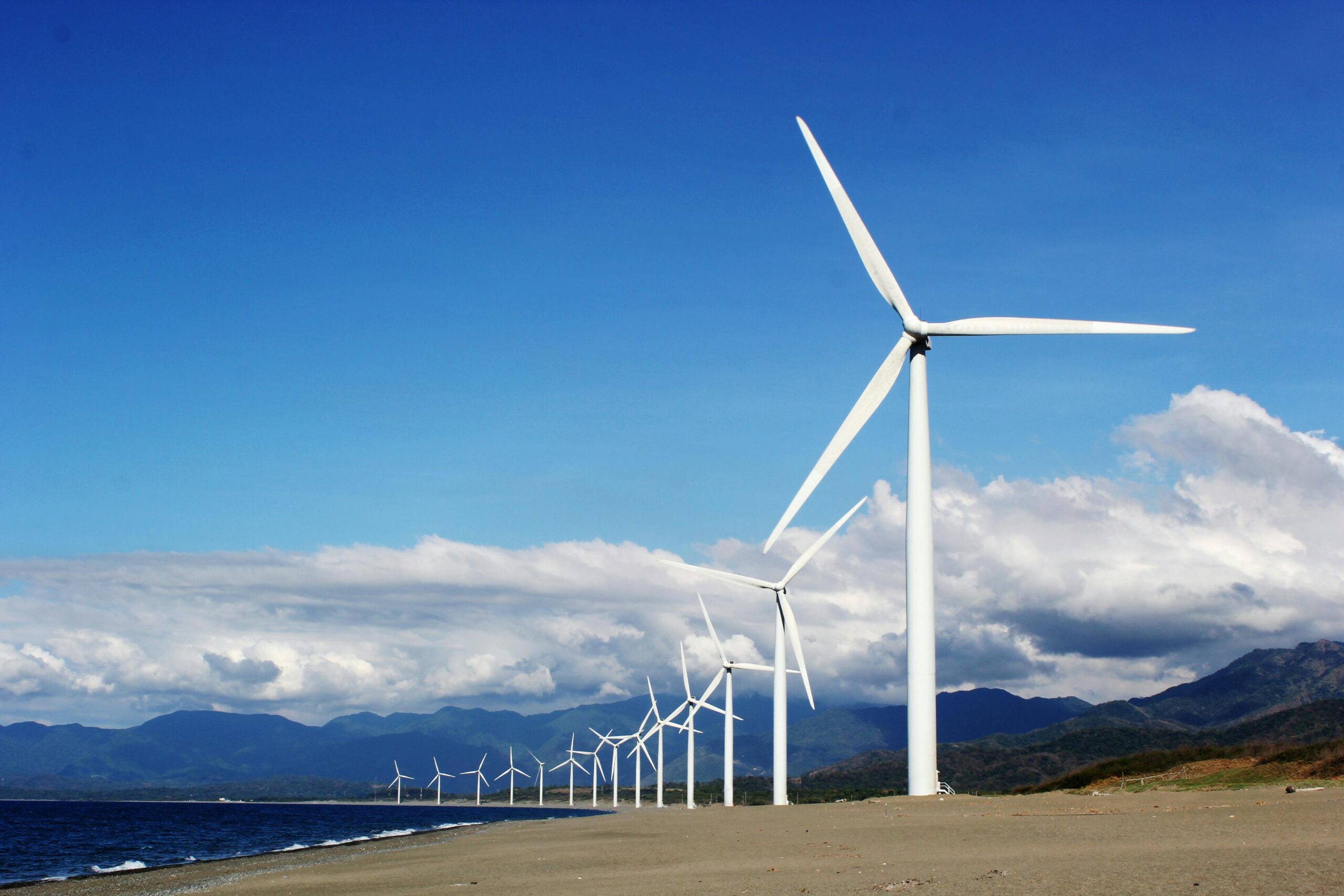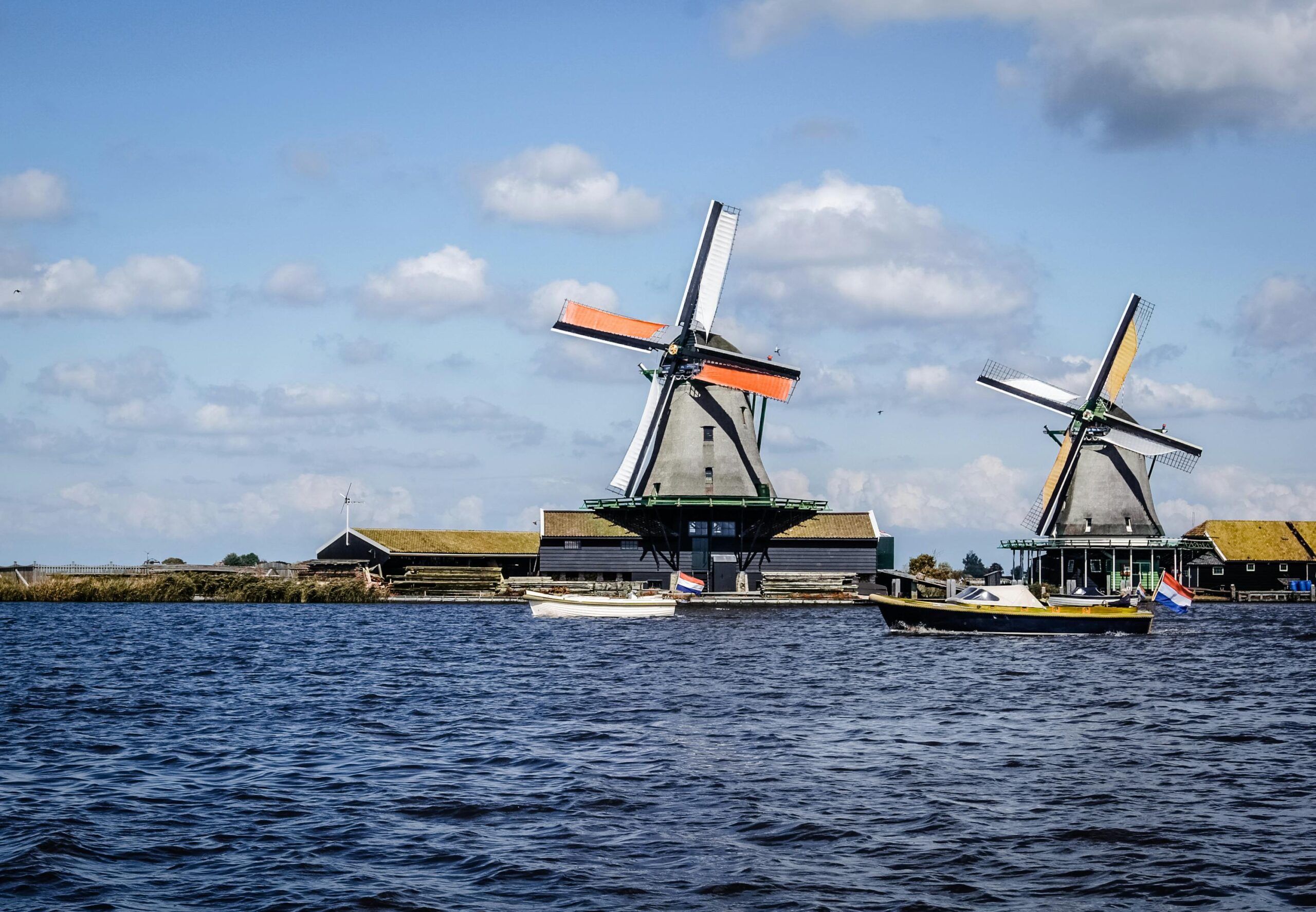Introduction
Estonia has long been recognized as a leader in digital innovation. One of its latest advancements is the implementation of blockchain technology in the energy sector, creating a “Digital Energy Grid.” The Estonian government is leveraging blockchain to revolutionize energy trading, making transactions more efficient, transparent, and decentralized. This article explores Estonia’s digital energy infrastructure and how blockchain is shaping the future of the electricity market.
Estonia’s Digital Strategy and Energy Infrastructure
Estonia is a pioneer in e-governance, utilizing blockchain for services like e-voting and digital identity verification. This digital transformation has extended to the energy sector, where blockchain is being used to enhance efficiency and transparency in energy trading.
Estonia’s energy market has traditionally been well-structured, but with the increasing adoption of renewable energy sources, a shift towards a decentralized energy trading system is necessary. By integrating blockchain technology, Estonia aims to optimize energy management and create a more efficient marketplace.
Blockchain Technology in Next-Generation Energy Trading
Blockchain technology, a decentralized and immutable digital ledger, is now being applied to energy trading. This allows transactions to be recorded securely and transparently, reducing reliance on centralized entities.
Digitalization of Energy Trading
Traditionally, energy trading has been managed by central authorities, making data storage and transaction validation dependent on a single entity. In Estonia, blockchain is enabling a peer-to-peer (P2P) energy market where individual consumers and producers can trade electricity directly. This decentralized model ensures real-time data accuracy and minimizes transaction costs.
Smart Contracts for Automated Transactions
Smart contracts—self-executing contracts with terms directly written into code—are a key feature of blockchain-based energy trading. In Estonia, energy transactions are governed by smart contracts, ensuring automatic and secure execution based on pre-defined conditions. This enhances transaction efficiency and trustworthiness.
Benefits of Estonia’s Digital Energy Market
Blockchain technology offers several advantages for Estonia’s digital energy market.
Increased Transparency and Trust
- All energy transactions are securely recorded on a public ledger, ensuring transparency.
- Participants can verify real-time transactions, eliminating concerns about data manipulation.
Decentralized Energy Trading
- Blockchain enables individual households and businesses to trade renewable energy.
- The system promotes local energy production and consumption, reducing dependency on large utility providers.
Reduced Transaction Costs and Improved Efficiency
- Eliminates intermediaries, reducing costs associated with energy trading.
- Real-time processing of transactions ensures quick and seamless execution.
Case Study: Elering’s Blockchain Energy Project
Elering, Estonia’s national electricity and gas system operator, has implemented blockchain-based energy trading solutions. By integrating blockchain, Elering has successfully improved transaction security and transparency while reducing operational costs.
• Real-time verification of energy trading
• Enhanced reliability of energy certificates
• Increases local energy self-sufficiency
• Supports grid balancing through distributed generation
• Settlement time reduced from days to minutes
• Automated compliance and verification processes
• Integration with smart meters and IoT devices
• Automated renewable energy certification
Challenges and Future Outlook
While Estonia’s blockchain energy grid offers many advantages, some challenges remain:
Regulatory and Standardization Issues
- The need for international regulations and interoperability standards.
- Legal frameworks for blockchain-based energy trading are still evolving.
Initial Investment and Scalability
- High initial costs for infrastructure development.
- The challenge of scaling blockchain solutions for widespread adoption.
Future Prospects
- With continued advancements, Estonia’s model could serve as a blueprint for other countries.
- Increased adoption of blockchain in global energy markets is expected in the coming years.
Conclusion
Estonia’s digital energy grid, powered by blockchain technology, is transforming the electricity market by making it more transparent, efficient, and decentralized. Through innovative solutions like smart contracts and peer-to-peer trading, Estonia is setting a new standard for the future of energy markets. As other countries explore similar models, Estonia’s experience serves as a valuable case study for the global energy transition.











Leave a Reply